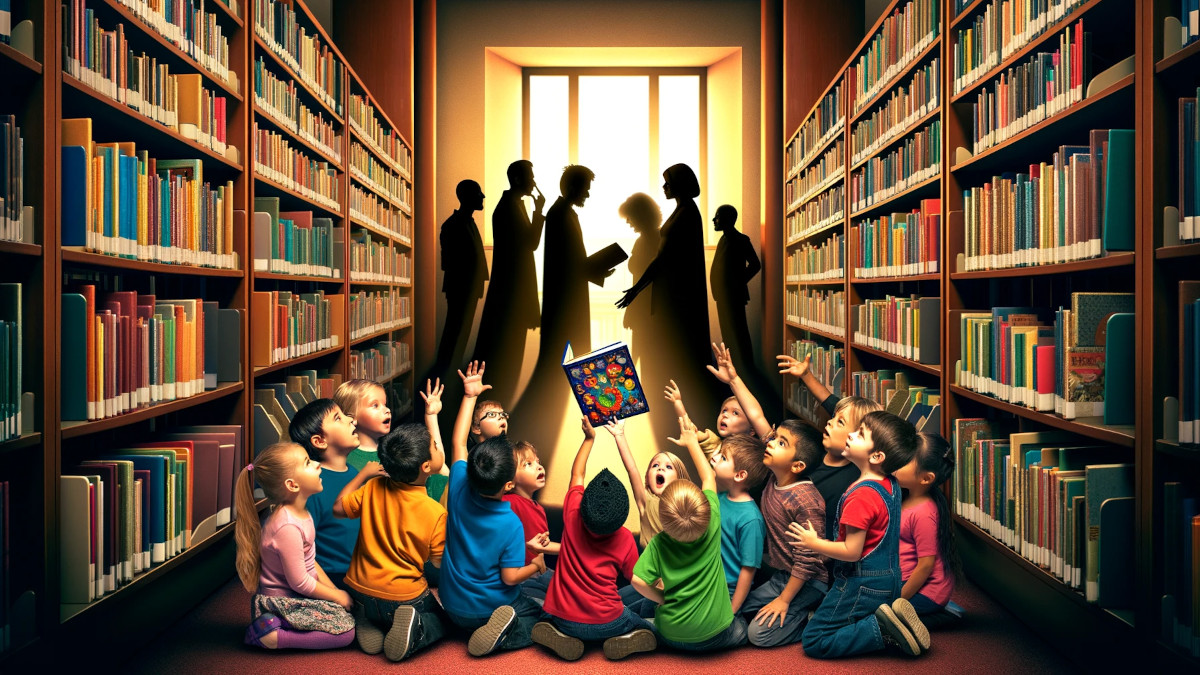Recognition refers to the actions and words that a manager or colleagues use to acknowledge and appreciate each other work. We are generally motivated when someone else mentions that we or our work is important. That it matters. The more often we get it, the better we feel. When we get it from a wider variety of people, we feel even better.
Peer-to-peer recognition is an important component of any corporate recognition program. It allows employees to recognize each other. It promotes gratitude and show of appreciation. It encourages teamwork and feedback culture. It enables an environment where employees care about each other. It builds a great place to work. Yet, it is rarely fully developed.
For peer-to-peer recognition to work, it should be self-sustained without interference from management. Hierarchy is irrelevant. If I want to thank you for something you helped me with, I’m free to do so without management approval.
According to research done by McKinsey & Company, praise and recognition by a manager are more motivating than a cash bonus. What more, recognition from peers is even more powerful. SHRM Globoforce Employee Recognition Survey discovered that companies that use peer-to-peer recognition had seen a positive increase in key business metrics. 57% had seen an increase in engagement, 41% had experienced an increase in customer satisfaction, 32% in customer retention, 32% in productivity, and 28% in employee retention.
Key benefits include:
- Increased employee satisfaction and engagement
- Improved sense of belonging and team spirit
- Bigger motivation and productivity
- Improved employee relationships and collaboration
- Increased employee retention
- Reduced perception of hierarchy and greater trust between employees and management
- Scalable recognition than relying just on a manager
- An authentic expression of gratitude as it occurs in real-time
- Increased confidence in one’s skills
It also creates a culture of feedback. If people regularly express gratitude to each other, they are also more likely to give each other developmental feedback when needed. People will accept even negative feedback because they know the other person cares about them. As Shawn Achor notes, peer-to-peer recognition “feels less like a performance review, and more like an organic expression of gratitude.”
Recognition is motivating. For everyone. Even the best of us need to know that what we do matters. That we matter. As Steven Berglas suggests, many top performers are insecure overachievers. They need praise and recognition to keep their confidence up and not burn out. They often have very high standards and are always unhappy with their performance, even though it is way above everyone else on the team. They are often close to their bosses, are loyal to the company, and, unfortunately, are being taken for granted. They rarely capitalize on their competence, their effort, and their loyalty. The easiest way to manage the insecurities of these top performers is to provide regular recognition and praise. Praise is motivating not only for underperformers but for your top aces too.
How to recognize and praise others
Make sure your praise and recognition have real meaning. Generics, like “good job”, rarely works. If you are uttering the generic praises every single day, they are automatically dismissed. They can even lead to you losing credibility with the praised employee. They will believe you don’t have a clue and are saying the praise only because you read in some managerial book you should.
When giving employees recognition and praise, it should follow a couple of simple principles:
- It should be personal and genuinely felt. It shouldn’t feel like something forced and formal. It should have an emotional tint.
- It should be specific. Make sure to describe what the person did and why it matters. If possible, link it to some values or principles.
- It should be timely. Don’t wait for quarterly or yearly reviews with the recognition. Do it as close to the actual event as possible. It will have a bigger impact.
- It should be done frequently enough to keep the positive effect going. When done regularly, it will also create a habit and help with building a culture of appreciation.
- It should be done in person if practical. Even though it may feel a bit awkward for introverts, it will be much more impactful.
- It should be done in public as much as is comfortable for those receiving it. Introverts don’t like the spotlight, but if done the right way, they can enjoy it. What’s more, by doing it publicly, or at least in a small group, you educate and inspire others on the team.
Recognition can be done by many different means, like verbal thanks, handwritten notes, lunches, vouchers, branded merchandise, symbolic awards, or points if there is a point-based recognition program in place. Cash awards are the last resort as they don’t have the same level of exceptionality. It is just money, the same as salary, and people will spend it without much thought.
To implement the peer-to-peer recognition program, implement a company-wide solution so everyone has an equal opportunity to participate. May it easy to use and on top of everyone’s mind. Ideally, it should be accessible from the office and home. Keep regular reminders of the program in the form of public recognition. Consider a wall of fame, periodic emails, or mentions on company-wide meetings. Senior leaders in the company should lead by example by exhibiting the expected behavior and participating in the program giving recognition.
To make sure your recognition program doesn’t fail, have a budget to keep it going, make it a part of your processes and habits, so it doesn’t get ignored because of other business priorities, and keep reminding everyone that the program exists. If you can set up some metrics that can be regularly collected and tracked, even better.
Putting it all together
Create processes and opportunities for people on the team to recognize and praise each other. When recognizing others, be specific. Saying “great job” is better than nothing, but it is not meaningful. It is a wasted opportunity. Slightly better is to say things like, “It is great to have you on the team,” or “I appreciate how you always find out a way to get the job done.” But the best ones are extremely specific. “I want to thank you for stepping up and help with onboarding John. He had a seamless start and got productive quickly because of you.” And if the recognition comes from John, a peer, it is the best, “Thank you for helping me understand the company processes. You made me feel welcomed and valued from day one.” You want to start with data and specific achievements, but if you can tie it to emotions and how the person helped another particular individual, it gets much more powerful.
What is your take on the topic? Do you believe that corporate recognition programs work? What is more motivating for you, to hear praise from your manager or from your colleague? How often do you recognize and praise others?
Photo: geralt / Pixabay.com






Leave a Reply